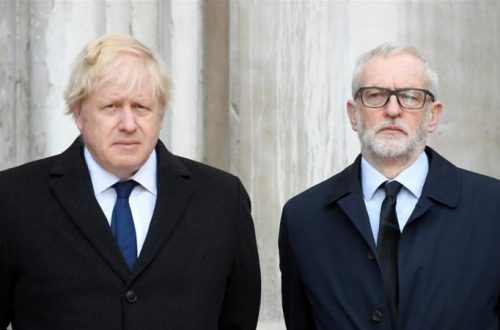This is a guest post by Carl Miller of Demos
Mystery shrouds of the death of Gareth Williams, the SIS/GCHQ code-breaker found dead at his central London apartment. One of the few certainties emerging from this tragic and sinister incident is that it will join Diana, Colonel Gaddafi and David Kelly in the pantheon of Mi6 assassination conspiracy theories. The Mail, for instance, is already making the connection .
These kinds of conspiracy theories can have dangerous consequences. On Sunday, Demos released a report, The Power of Unreason. In it, we looked at the role that conspiracy theories play in radical and extremist groups. Analyzing over 50 such groups – far left, far right, religious, anarchic, cult-based – we found conspiracy theories are often an important part of the group’s ideology. They are often used to recruit new members, and to maintain a group’s identity –‘us’- defined against the ‘them’ of the rest of the world. Most worryingly, groups can use the perceived presence of conspiracy theories to justify and legitimise acts of violence to communities supportive of their aims. More broadly, of course, conspiracy theories drive a wedge of distrust between communities and their elected governments. In cases where every counter-terrorism effort and arrest is viewed as obviously a fake or a cover-up, this is a real and present danger to security efforts. Any community-level counter-terrorism response relies on cooperation and mutuality, and this is exactly what these kinds of conspiracy theories endanger.
The speculation surrounding the death of Gareth Williams plays exactly into this dynamic. The content of the apparent SIS reports to major television and news outlets – of sex games, bondage gear, call-boys and, bizarrely, that his belongings were laid out in a ‘ritualistic fashion’ (whatever this means) is worrying enough. That it seems to be an attempt to deflect discussions of his death from his professional to his private life is even more so. Most worrying is the way that this has been done: through the anonymous tips and unattributed quotes of ‘intelligence sources’.
If we are generous, we can presume that whomever within the intelligence community has authorized and given these briefings has public security at heart. But the secretive, shadowy way they have done so is harming the very security they want to protect. Conspiracy theories flourish in the vacuum that anonymity, opacity and secrecy creates. Until the intelligence services conduct themselves with a greater degree of transparency, through recognised, official, named and accountable spokesmen, they cannot be surprised if their messages are treated with an automatic, habitual knee-jerk cynicism.
It is quite likely, therefore, that MI6’s briefings on Gareth Williams won’t be believed, and could harm wider security work on counter-terrorism. Of course, it does not help that some conspiracies or cover-ups have turned out to be true – such as the recent investigation into the Claudy affair showed. It hasn’t worked, won’t work in the future, and has done nothing but undermine public sympathy in the very important work that the intelligence community does. Conspiracy theories thrive in the dark. It is time for the security services, especially in cases like this, to step a little further towards the light. Where this can be done without harming national security or individuals’ safety, openness is a must.


